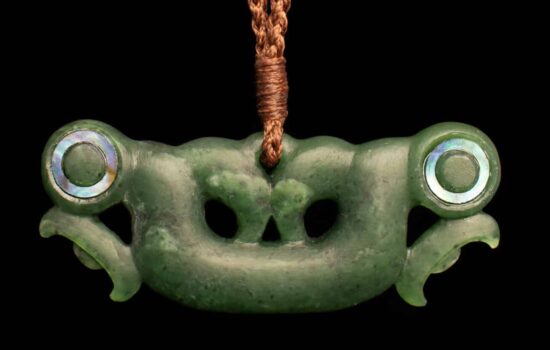Nau mai, haere mai ki Te Puia. Please check-in 15 minutes prior to your scheduled tour departure time.
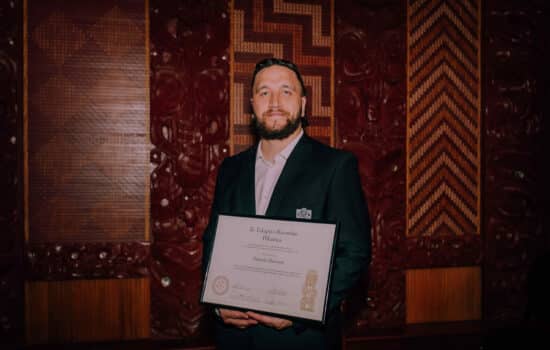
Patariki Dawson
Pouako (Tutor)- Te Arawa
Description
Ko Matawhaura te maunga
Ko Te Rotoiti-i-kite-ai-e-Ihenga te moana
Ko Te Ohautanga a Pōtakatawhiti te awa
Ko Hohowai te marae
Ko Te Takinga te whare tupuna
Ko Hohowai te waka taua
Ko Te Arawa te iwi
Ko Te Arawa te waka kawe moana
Ko Ngāti Pikiao, Ngāti Whakaue, Tūhourangi Ngāti Wāhiao, Ngāti Tarawhai Ngā hapū.
Why I came to Te Takapū o Rotowhio?
From my Schooling at Te Kura Kaupapa Māori o Te Koutu, I always wanted to do something with Māori art. My Kuia Hariata ( Binny) Kereopa was a weaver and my great Koro Tene Waitere was a Master carver, so Māori art runs through my whakapapa. After school, life had other plans for me. It wasn't until I came home from Australia, 6 years ago, I felt a yearning for art.. it was a calling. So, I started my journey from drawing to Tāmoko and from Tāmoko to now carving at Te Takapū o Rotowhio carving Bone and Pounamu school.What have I learnt?
I came in to this kura narrow minded, thinking I was only learning how to carve but I've learnt a lot more in the two short years I've spent studying at Te Takapū o Rotowhio. Not only carving but also all the whakapapa (genealogy), kimi korero (finding connective words and rangahau (research), all the things that come before even learning how to used the tools to carve. This changed my thoughts of how Whare Wānanga (house of learning) should be.What advice do I have for people who are considering bone/Pounamu as a career?
You must have an open mind and heart but also have a passion for Māori art.You also have to be a sponge, ready to soak in all the knowledge that the Wānanga has to share.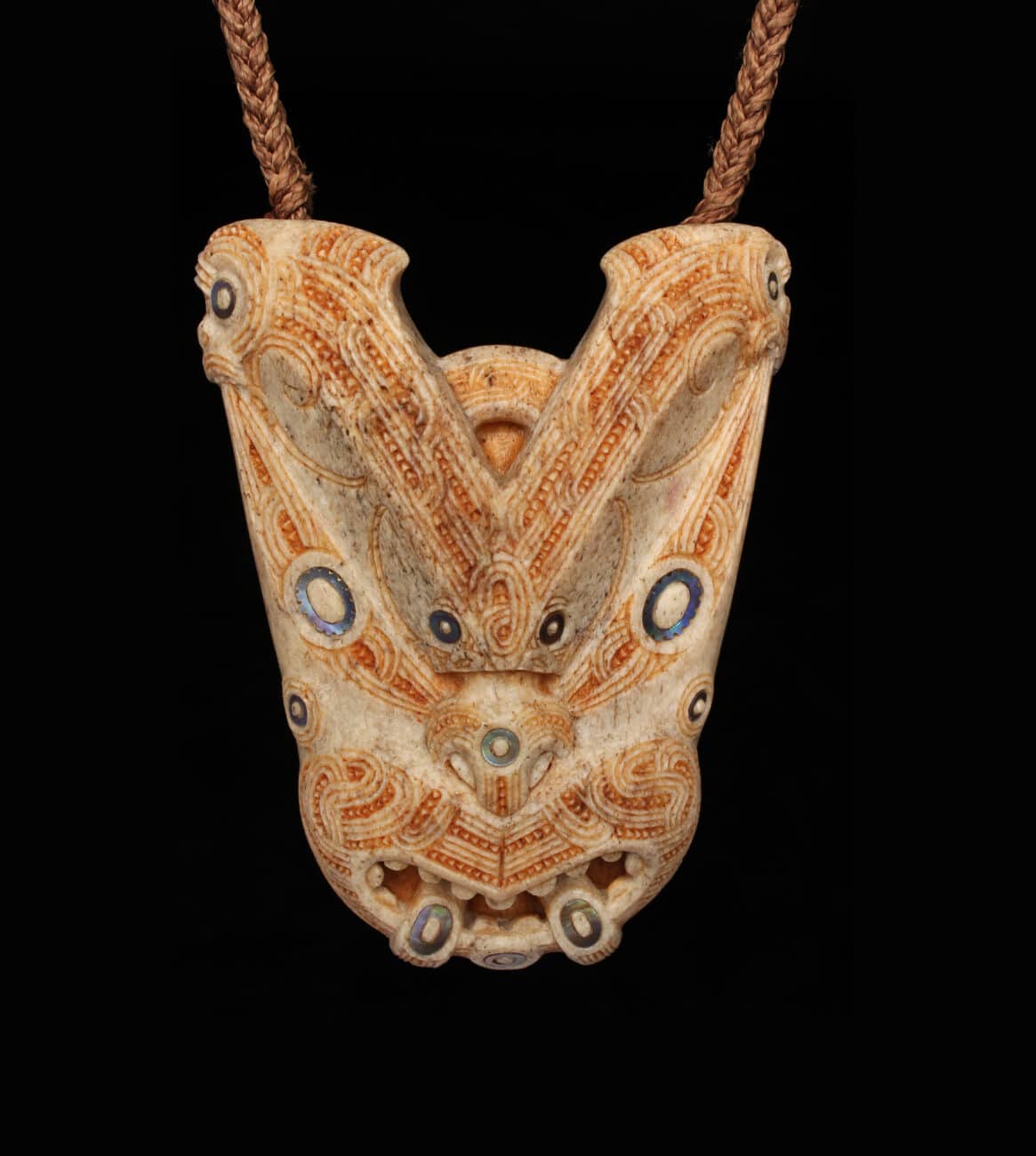

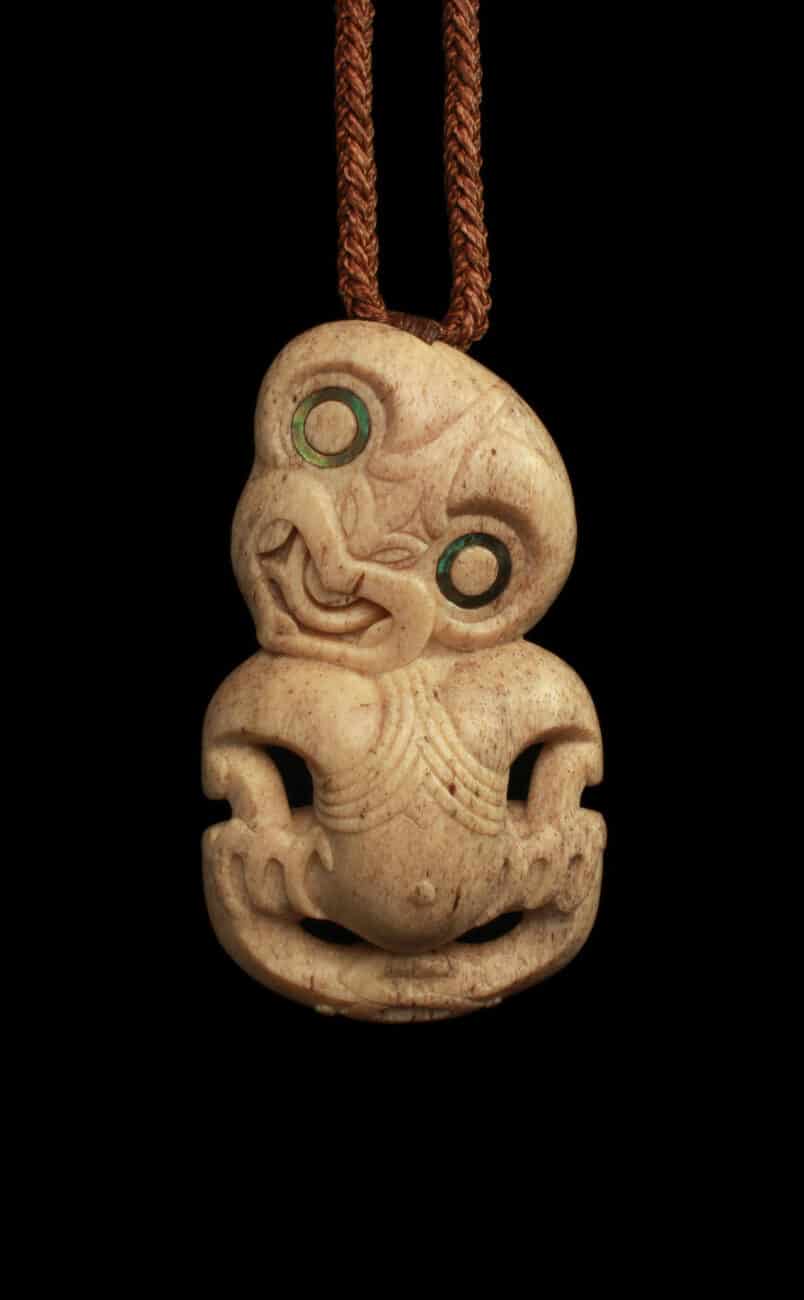
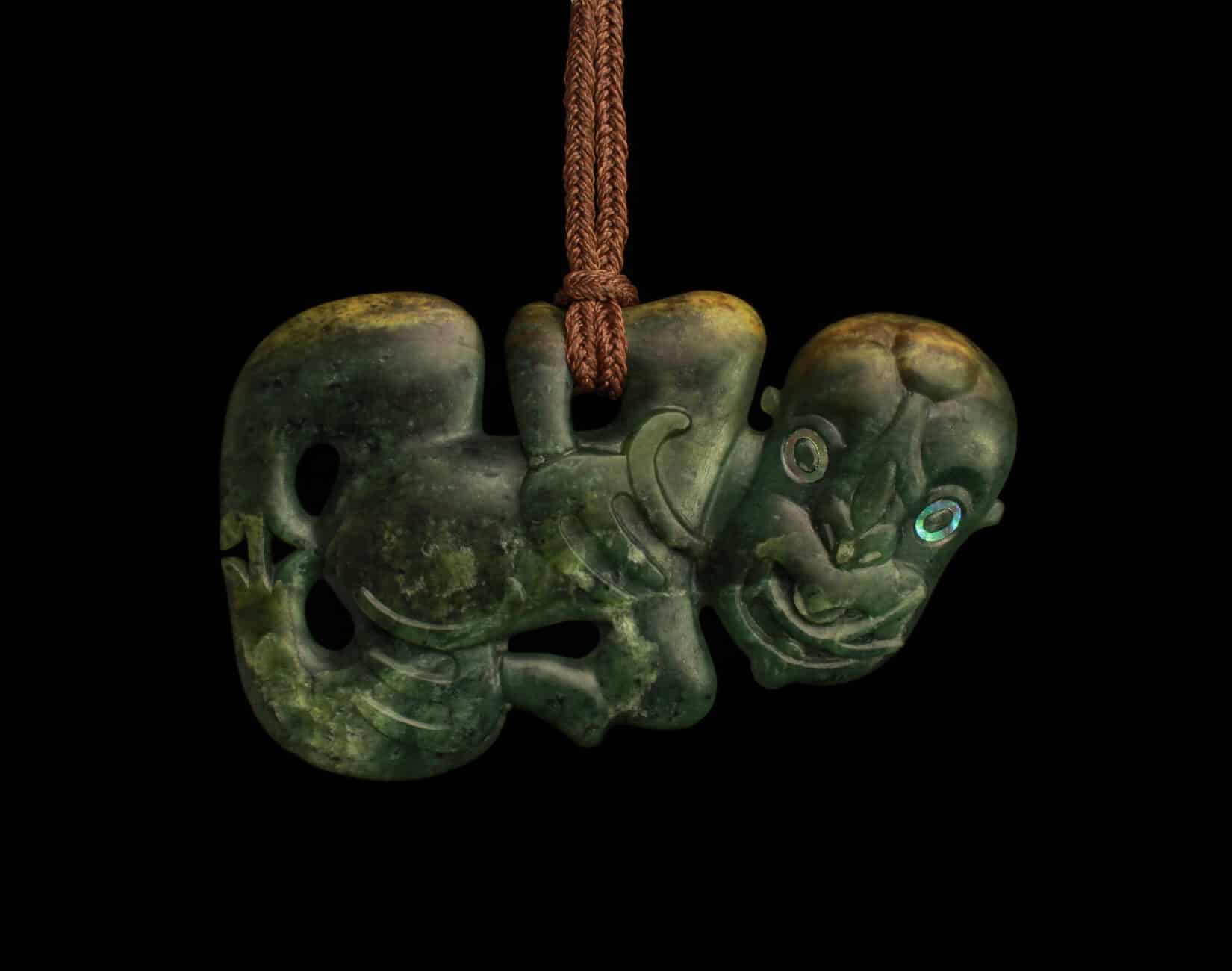
Ko Matawhaura te maunga
Ko Te Rotoiti-i-kite-ai-e-Ihenga te moana
Ko Te Ohautanga a Pōtakatawhiti te awa
Ko Hohowai te marae
Ko Te Takinga te whare tupuna
Ko Hohowai te waka taua
Ko Te Arawa te iwi
Ko Te Arawa te waka kawe moana
Ko Ngāti Pikiao, Ngāti Whakaue, Tūhourangi Ngāti Wāhiao, Ngāti Tarawhai Ngā hapū.
Why I came to Te Takapū o Rotowhio?
From my Schooling at Te Kura Kaupapa Māori o Te Koutu, I always wanted to do something with Māori art. My Kuia Hariata ( Binny) Kereopa was a weaver and my great Koro Tene Waitere was a Master carver, so Māori art runs through my whakapapa. After school, life had other plans for me. It wasn’t until I came home from Australia, 6 years ago, I felt a yearning for art.. it was a calling. So, I started my journey from drawing to Tāmoko and from Tāmoko to now carving at Te Takapū o Rotowhio carving Bone and Pounamu school.
What have I learnt?
I came in to this kura narrow minded, thinking I was only learning how to carve but I’ve learnt a lot more in the two short years I’ve spent studying at Te Takapū o Rotowhio. Not only carving but also all the whakapapa (genealogy), kimi korero (finding connective words and rangahau (research), all the things that come before even learning how to used the tools to carve. This changed my thoughts of how Whare Wānanga (house of learning) should be.
What advice do I have for people who are considering bone/Pounamu as a career?
You must have an open mind and heart but also have a passion for Māori art.You also have to be a sponge, ready to soak in all the knowledge that the Wānanga has to share.
Their creations
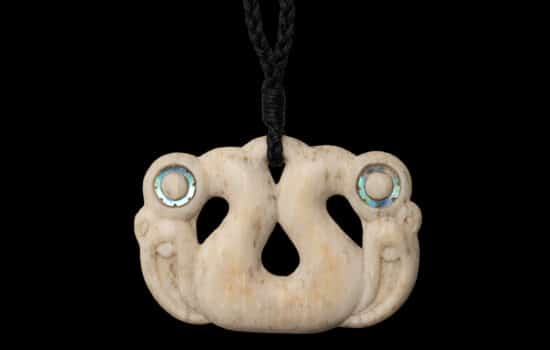
Pekapeka
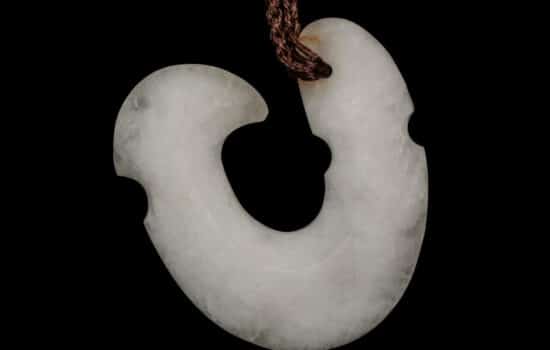
Hei Matau
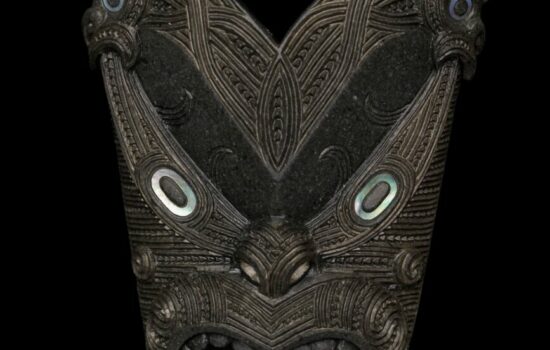
Wheku
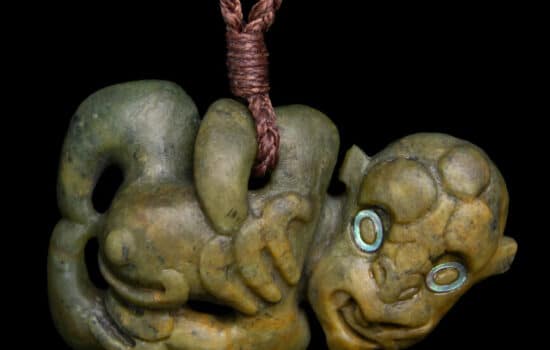
Hei Tiki
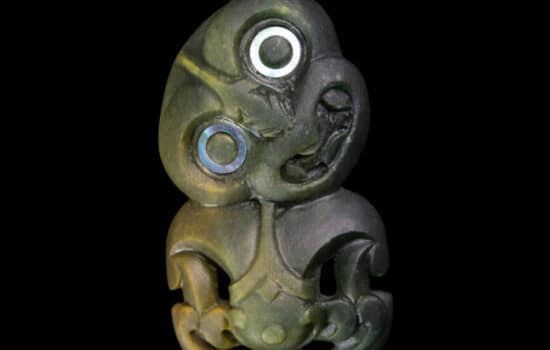
Hei Tiki
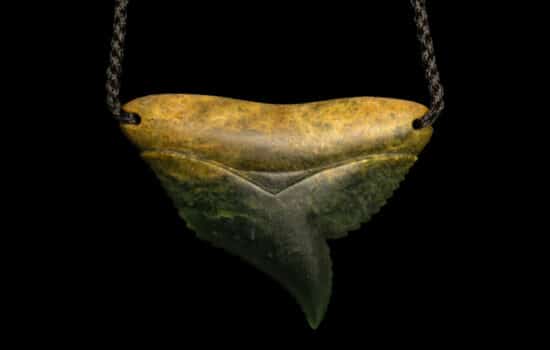
Rei Niho
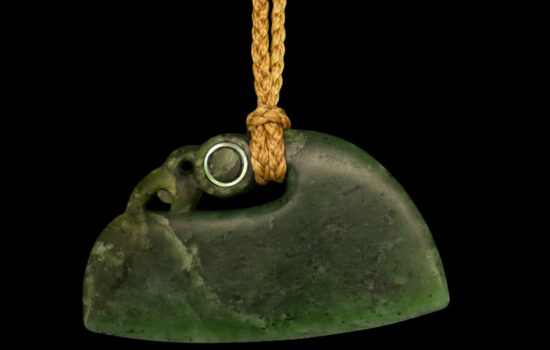
Rīpi
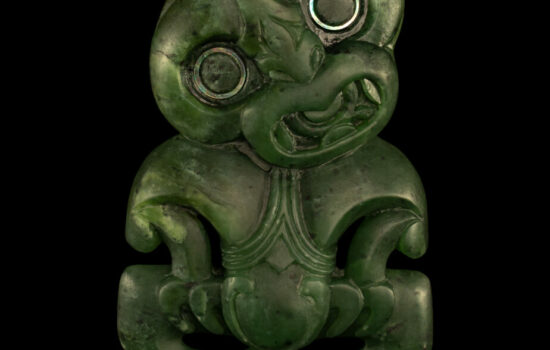
Hei Tiki
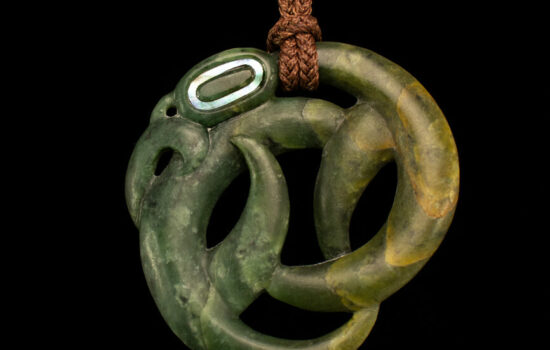
Koropepe
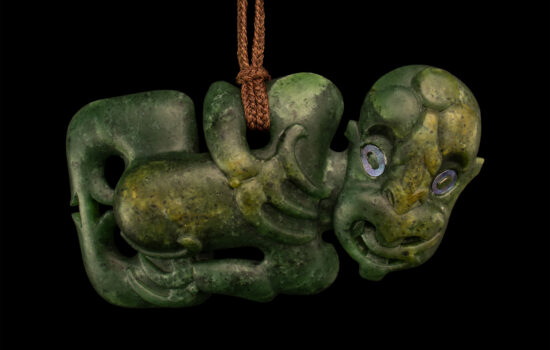
Hei Tiki
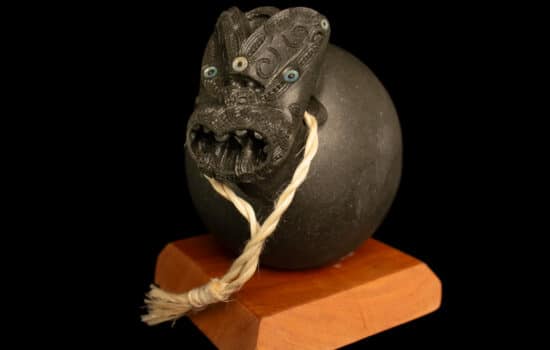
Māhē
